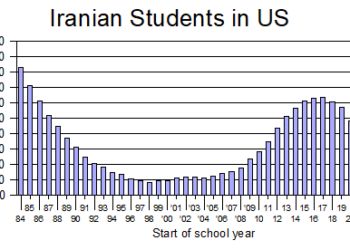Gholam-Reza Jalali, who heads the anti-sabotage unit in the Pasdaran, said that although the threat to Iranian nuclear installations is “already minimal,” Iran might move its nuclear assets to safer locations.
The Islamic Republic announced years ago that it was putting its main nuclear installations—starting with the Natanz centrifuge plant—underground so they could not be hit. But US ground penetration bombs can easily reach the Natanz centrifuge hall.
“If conditions require, we will move uranium enrichment facilities to safer locations,” Jalali was quoted as saying by the Mehr news agency.
However, in the same breath, he deemed it highly improbable that this scenario might unfold. “Our vulnerability in the nuclear field is minimal,” Jalali said confidently. “If Americans and Israelis were able to attack and harm our nuclear facilities, they would have definitely done so by now.”
This is the standard logic that has been used in recent years by military officers, who respond to public fears that government policy is provoking a war by saying the proof that the Americans can’t attack is the fact that they have not done so thus far.
The International Atomic Energy Agency (IAEA) reported last month that Iran has moved 174 centrifuges from Natanz to deep inside a mountain at Fordo. Military planners say that doesn’t secure the centrifuges as the entry to the site could be bombed and closed, leaving the centrifuges sealed inside the mountain.
Meanwhile, Foreign Minister Ali-Akbar Salehi has announced that Iran will insert its first domestically enriched uranium into the Tehran reactor by mid-February.
But President Ahmadi-nejad made a similar announcement a few months ago amid great fanfare, saying the fuel would be installed in the reactor in September 2011.


















